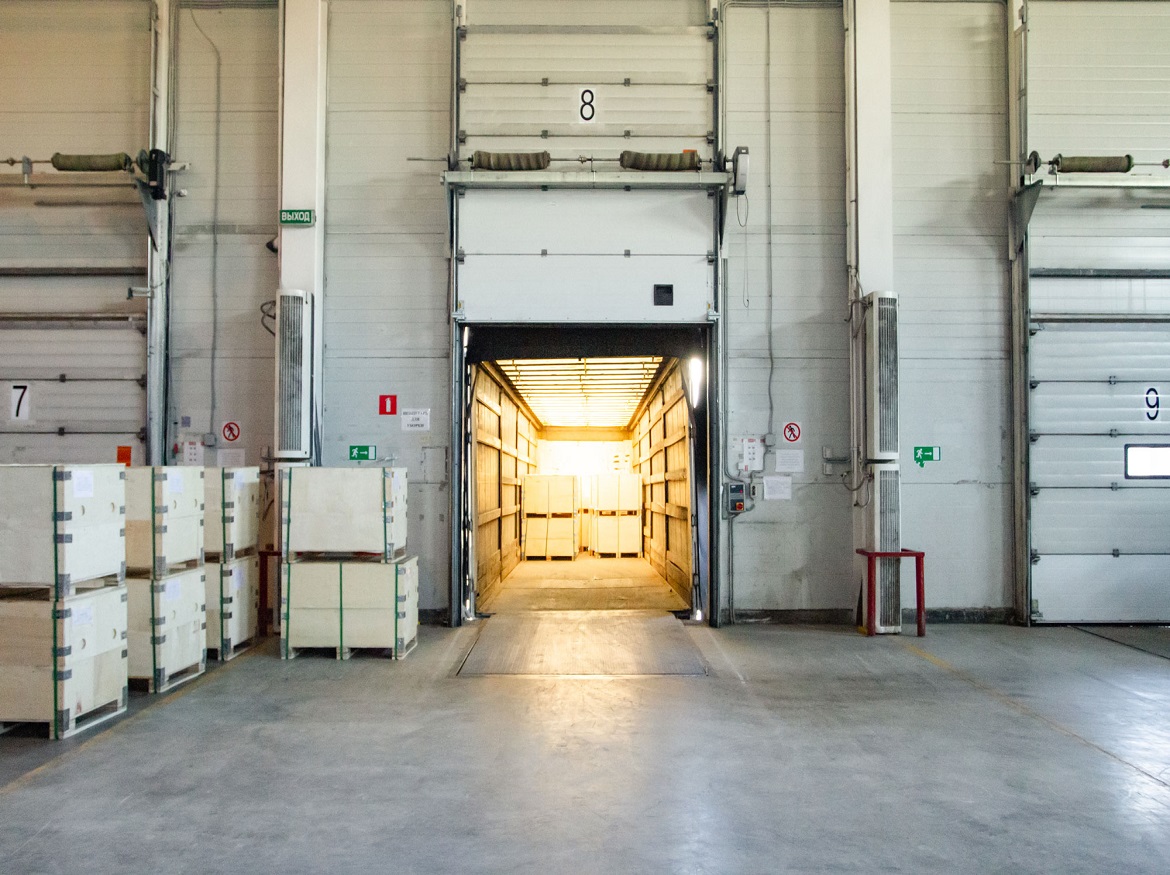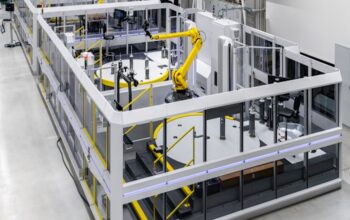Production A growing trend in the manufacturing sector is reshoring. Although it might seem like a good strategy for some nations, there are additional costs and difficulties involved. If the proper technology is applied for planning and execution, it also creates opportunities for improvement.
Offshoring, or shifting production to nations with lower labour costs, has lost its appeal. It was once thought of as a strategy to develop a stronger competitive position, but today it appears to be a weakness and a restriction. As a result, reshoring is becoming more popular, and manufacturing simulation is essential to manufacturers’ ability to do so successfully. Here are some reasons why reshoring is gaining popularity and why simulation should be a part of the process.
What’s Driving Reshoring?
Costs, supply chain limitations, and environmental, social, and governance (ESG) issues are driving firms to locate operations closer to consumers.
The equation has changed significantly in recent years when costs are taken into account first. Asia and other regions are seeing rising labour costs, which reduces savings. Labour turnover is higher than anticipated in many areas, and the accompanying churn raises training costs and quality expenditures. Experience has also shown us that upholding desired quality standards requires more time and effort than we initially thought, and that warranty expenses occasionally exceed expectations.
Despite the fact that problems with the supply chain had been present for some time, the pandemic and chip scarcity brought them to light. Lack of flexibility caused by prolonged lead times is an increasing issue in many industries, especially in light of consumers’ growing desire for customization.
Additionally, consumers are becoming more concerned with sustainability and the social costs associated with producing the goods they purchase. Shipping is hardly a “green” activity given its high CO2 emissions. In addition, issues like labour practise, environmental harm caused by mineral extraction and processing, and industrial methods are becoming more and more of a worry.
ThomasNet discovered a significant interest in reshoring production in the US. In response to COVID-19, nearly two-thirds of manufacturers polled in 2020 said they were thinking about reshoring and two-thirds of those mentioned the impact of supply chain disruptions as a motivating reason. Parallel to this, a 2021 survey by the Reshoring Initiative discovered a 17.6% increase in reshoring activities between 2019 and 2020.
Every company and industry face a particular set of difficulties. However, those who source from abroad face difficulties that should encourage them to investigate the viability of domestic manufacturing.
The Opportunity Within Reshoring
Reshoring is undoubtedly a chance to put processes in place to satisfy consumer concerns about where and how products are made as well as cost considerations. Why not rethink how things are done and come up with creative solutions to achieve cost, quality, sustainability, and personalisation objectives rather than replicating a current operation?
Undoubtedly, there is a chance of underperformance or even failure with any change. This typically results from failing to consider important project components, underestimating the amount of work required, or from skipping a full analysis of all available options. (And occasionally all three!)
A tool for maximising ROI from a reshoring initiative is required. Manufacturing simulation is that tool.
Build a Virtual Operation or Factory
Building digital copies of current or prospective manufacturing operations is possible with the aid of Visual Components’ 3D manufacturing simulation software. One method for ensuring the accuracy of the model is to have it run production schedules as they would in the real world once it has been built. The model can then be used to test hypothetical outcomes. These can be anything that piques your interest, like repairing a broken machine, analysing the effects of new product variations, or considering potential solutions to changes in consumer demand.
A significant method for acquiring a greater understanding of production procedures is manufacturing simulation. It draws attention to bottlenecks and aids in researching strategies to increase throughput, shorten travel times, or balance lines.
A simulation is a tool that may be used to ensure that all options are considered and ROI is maximised while planning a new facility. By serving as a virtual sandbox, it lowers risk while enabling the manufacturing engineering team to test out novel concepts that might not otherwise be given enough attention. Here is an illustration of how manufacturing simulation can be applied to find the best production system investments.
Visualize the Digital Twin for Improvements
The model becomes a digital twin when communication channels are established between the simulation and the actual factory. By running the equipment in the model at the same speeds, experiencing the same downtime, and attaining the same yields as those on the factory floor, data transfer ensures that the model replicates reality, highlighting the inefficiencies. This makes it an even more effective tool for enhancing comprehension of what is occurring right now and examining improvement options.
Digital twins can be used by businesses that are reshoring to secure sustainability and efficiency improvements. As part of the same model, they experiment with production processes and evaluate the effects of cutting-edge innovations like autonomous mobile robots in the packing and warehouse sectors.
The Sustainability Challenge
For manufacturers, sustainability means making more out of less, and simulation may help with regulatory compliance and customer expectations. It can assist in locating resource-intensive tasks, addressing them, and minimising waste throughout the production process. Reusing raw materials, forklift and AGV movements, decreasing equipment downtime and its effects, and lowering spending on production planning and plan implementation could all be areas of focus.
Simulation Helps Find Opportunities and Reduces Risk in Reshoring
Reshoring appears to be here to stay for the foreseeable future given present political and economic conditions. However, businesses considering relocating production to their home nations, such as the US, must be aware of the lengthy and complex process involved.
Offline robot programming and manufacturing simulation are effective methods for risk-free process analysis and improvement exploration. These technologies, when implemented as part of a reshoring project, will facilitate the shift to localised manufacturing while offering real advantages in terms of sustainability, flexibility, and cost reduction. They also aid in preventing delays and shortening the project’s timeline.
Click on the following link Metrologically Speaking to read more such blogs about the Metrology Industry.









